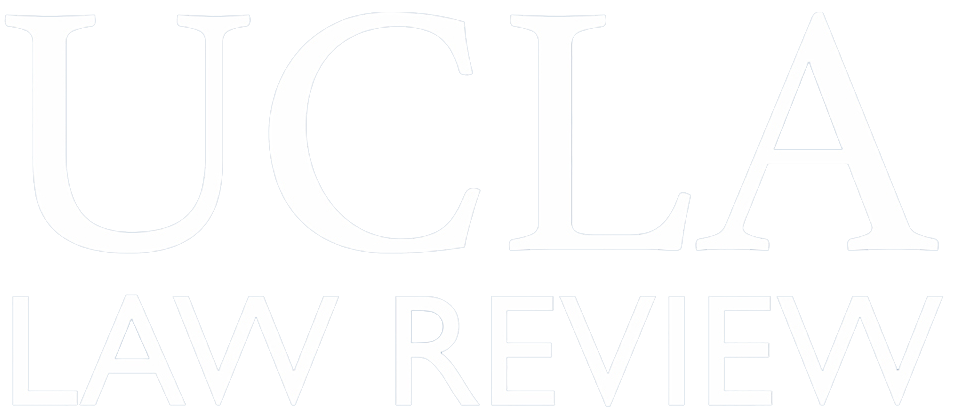Only five years ago, same-sex marriage was not legal anywhere in the United States. That changed in November 2003, when the Supreme Judicial Court of Massachusetts held in Goodridge v. Department of Health that the state may not deny the protections, benefits, and obligations conferred by marriage to two individuals of the same sex who wish to marry. Advocates of same-sex marriage hoped that the...
Free Speech Rights That Work at Work: From the First Amendment to Due Process
In the workplace, institutional context clearly affects the shape of constitutional rights. That is underscored by the U.S. Supreme Court’s recent decision in Garcetti v. Ceballos. In denying First Amendment protections to public employees when they speak in the course of doing their jobs, Garcetti gets it wrong; but the right answer to the Garcetti problem is not so obvious. This Article...
Universities as First Amendment Institutions: Some Easy Answers and Hard Questions
First Amendment doctrine is caught between two competing impulses. On the one hand, courts and scholars face what one might call the lure of acontextuality. They seek a set of rules by which First Amendment law can be understood as a purely, formally legal phenomenon, untainted by the brute contingencies of the actual world. On the other hand, their efforts to construct acontextual legal doctrine...
Faithfully Executing the Laws: Internal Legal Constraints on Executive Power
Since September 11, 2001, the Bush Administration has engaged in a host of controversial counterterrorism actions that threaten civil liberties and even the physical safety of those targeted: enemy combatant designations, extreme interrogation techniques, extraordinary renditions, secret overseas prisons, and warrantless domestic surveillance. To justify otherwise unlawful policies, President...
Compelling Interests/Compelling Institutions: Law Schools as Constitutional Litigants
This Article looks at the relationship between constitutional doctrine and institutional context by considering two recent cases in which law schools—perhaps the American institution most personally familiar to the current U.S. Supreme Court—appeared before the Court as litigants. In Grutter v. Bollinger, the Supreme Court upheld a law school’s use of race-conscious affirmative action in its...
Students and Workers and Prisoners - Oh My! A Cautionary Note About Excessive Institutional Tailoring of First Amendment Doctrine
First Amendment free speech doctrine has been called “institutionally oblivious” for ignoring how different institutions present different legal questions. This Article analyzes a little-discussed phenomenon in the growing literature about institutional context in constitutional law. With certain institutions, the situation is not institutional obliviousness but the opposite: extreme...
What Federalism Tells Us About Takings Jurisprudence
This Article discusses a niche within a niche: Federalism considerations in theories of governmental takings of property. Several property and land use theorists have argued that larger-scale and smaller-scale legislative bodies should be treated differently in takings jurisprudence, because these differently scaled legislatures are likely to behave differently in dealing with individuals’...
Revisiting Youngstown: Against the View That Jackson's Concurrence Resolves the Relation Between Congress and the Commander-in-Chief
Virtually all legal analysts believe that the tripartite framework from Justice Jackson’s Youngstown Sheet & Tube Co. v. Sawyer concurrence provides the correct framework for resolving contests between the U.S. Congress and the president when he acts pursuant to his commander-in-chief powers. This Article identifies a core assumption of the tripartite framework that, up to now, has not been...
